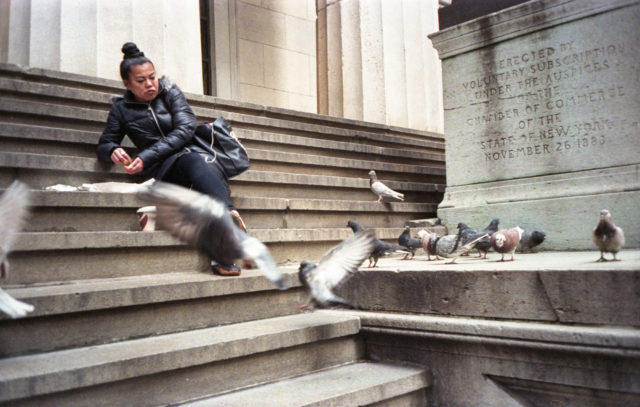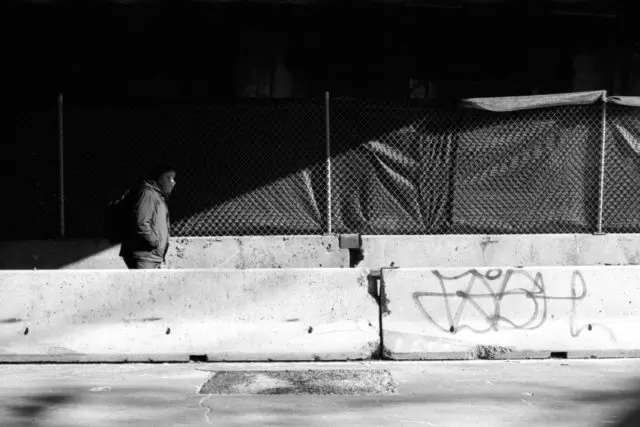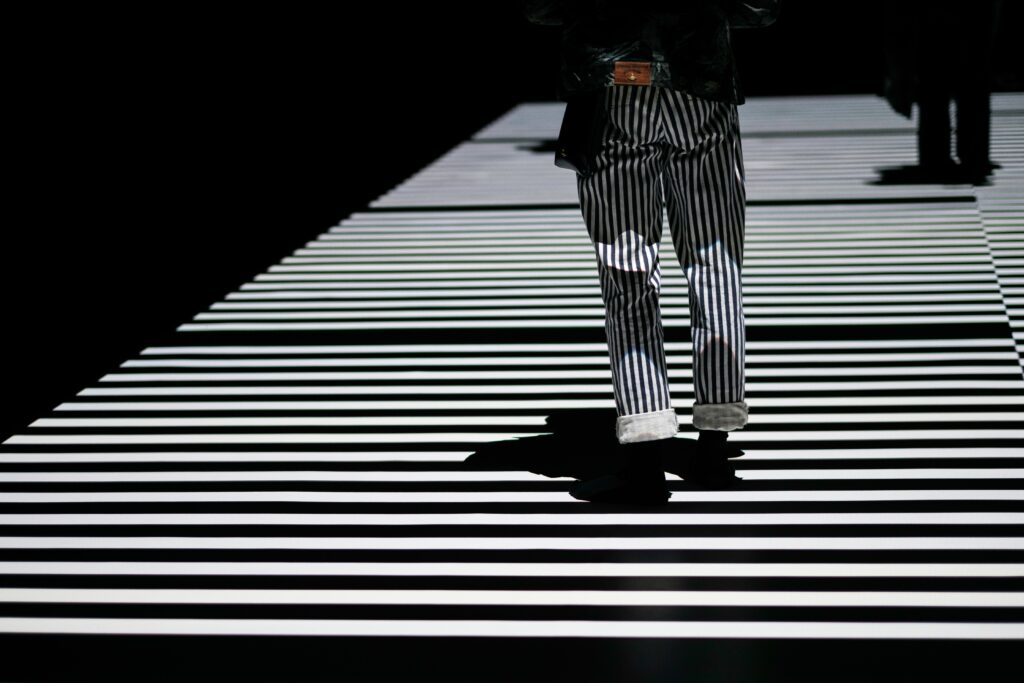Timing is critical in photography. In portrait photography you want to capture the perfect pose or expression; in landscape photography, you want to capture the perfect light; in sports photography, you want to capture a moment of intensity.
And then there’s street photography, where you’re most concerned about a gesture or the decisive moment. Given that street photography tends to occur in quickly changing environments, it can be difficult to capture interesting moments as you can’t predict what’s going to happen from one moment to the next.
Or can you?

Predicting Behavior
No photographer can see into the future, but a good street photographer can read the behaviors of the people around them and predict, or anticipate, what any given individual will do next.
You don’t need to hold a degree in behavioral science to be good at this, all you need to do is be observant.
I have often claimed that patience is the key to good street photography. You can’t simply rush around and hope to get lucky. If you want to make a candid street photo that makes viewers stop and take a long look, you need to stop and take a long look when you’re shooting.
Over time you will develop the ability to sort of see things around you unfold in slow motion. From a distance, you will know when you have a potential shot coming your way.
Do you see two friends waving at each from across the street? Once they end up on the same sidewalk they’re probably going to hug or shake hands. What about crossing the street when it’s not quite their turn? They’re probably going to sprint across to avoid getting run over.
Of course, your predictions aren’t always going to be correct, but more often than not you’ll be right on the money once you learn to slow down and read people’s behavior.
Trapping Behavior
One other way to anticipate a scene is to simply wait for people to go where you want them to go — where you know they’re going to go.
Position yourself across from a backlit water fountain and wait for someone to walk by. You know they will. All you’ve got to do is frame the shot and come away with a beautiful silhouette.
This method of finding a scene with an interesting compositional element — light, color, architecture — and waiting for someone to occupy that space. Some people refer to this as “trapping.” No matter what you call it, it’s a form of anticipation.

Final Thoughts
Anticipation is simply the expectation or probability that something will happen. As a street photographer, it is your job to be at all time prepared for that “something.” Human behavior is laden with subtlety but it isn’t quite as random as we so often perceive it to be. People are more repetitive and routine focused than you might imagine.
Being able to tap into these tendencies is at the heart of anticipation, and anticipation may very well be a street photographer’s most valuable tool.




